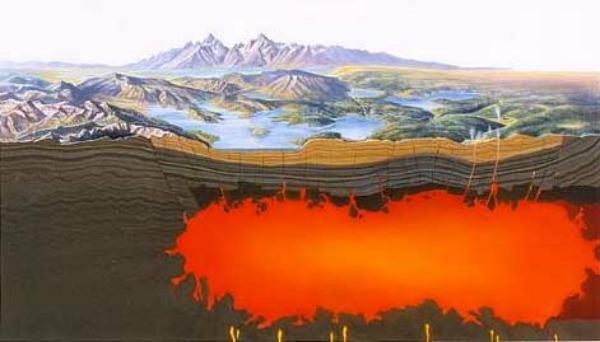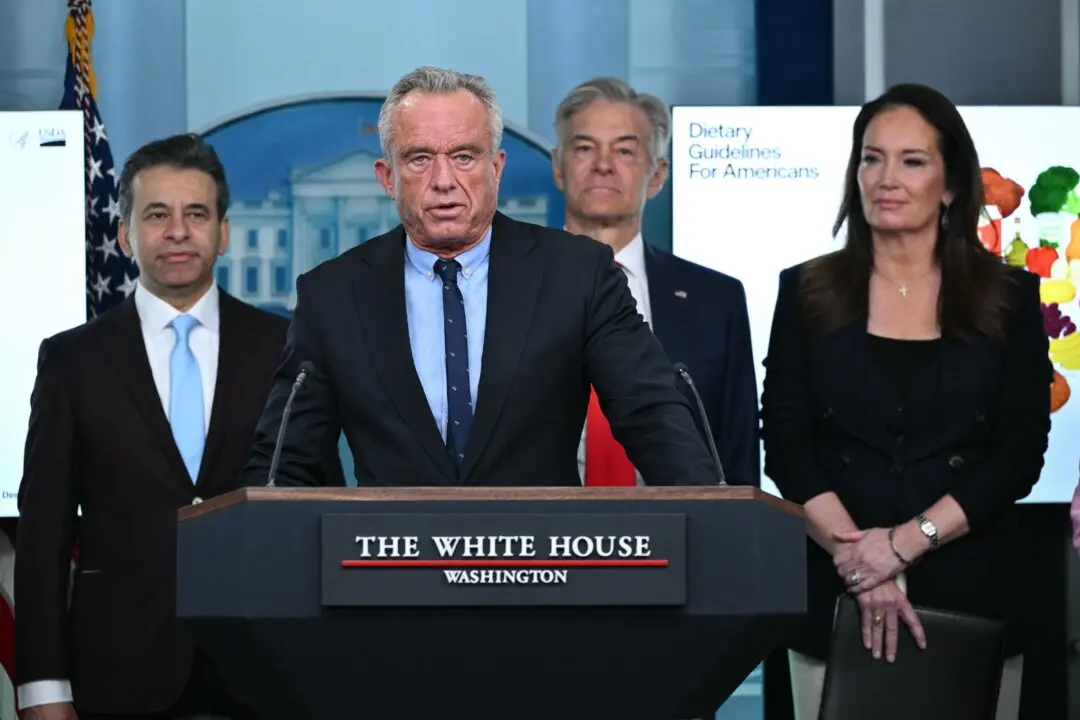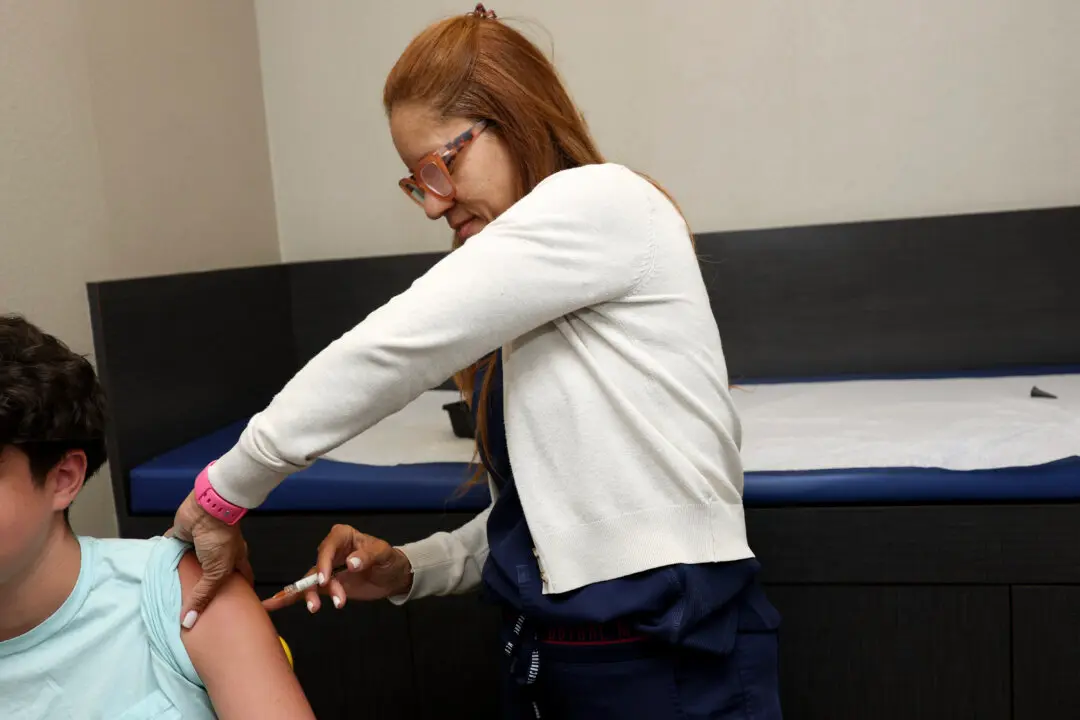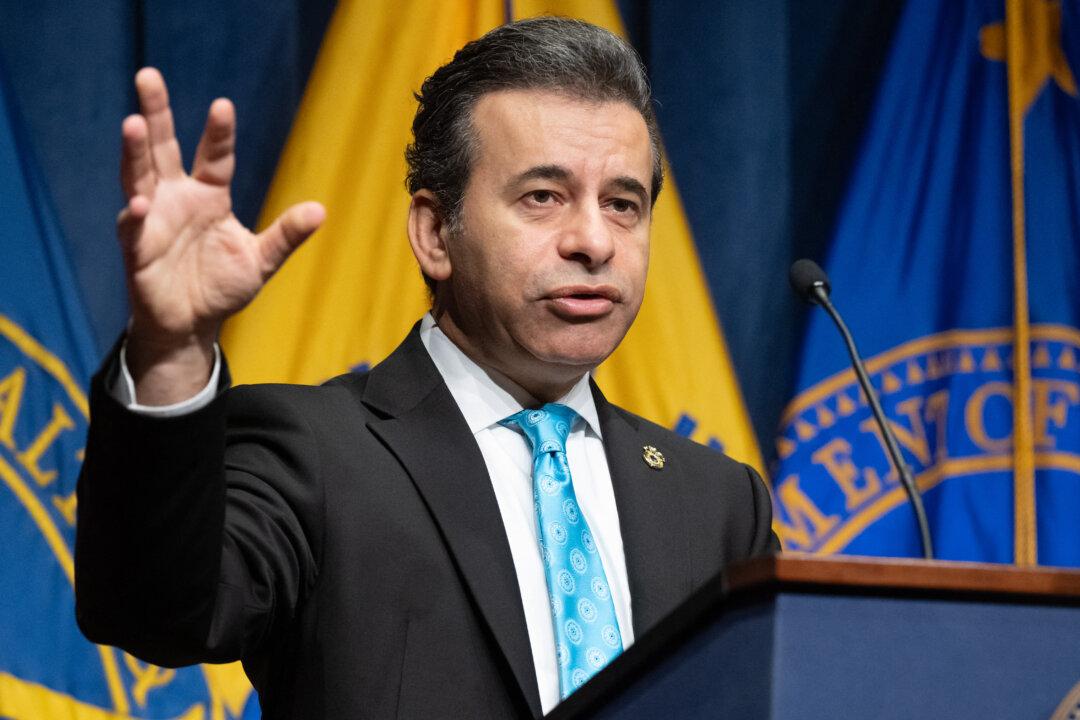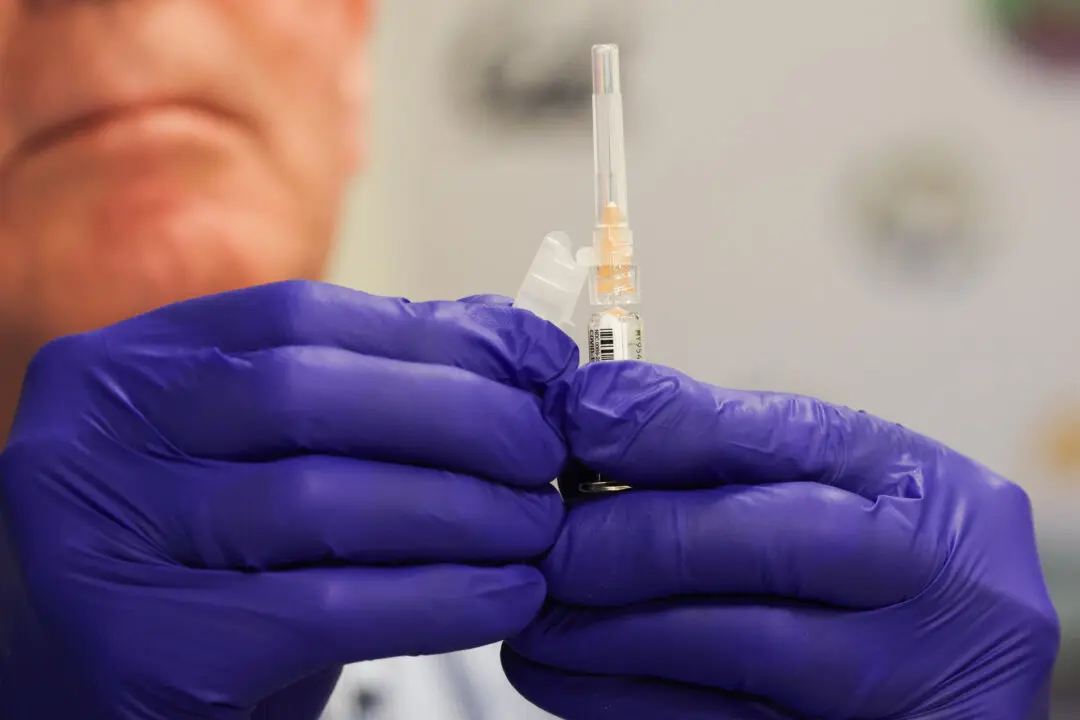If volcanism begins again, it will be in the northeast side of Yellowstone National Park, according to a scientist who studies the caldera.
Volcanism refers to the eruption of molten rock (magma) onto the surface of a planet, according to the Lunar and Planetary Institute. This can mean an eruption through the “vent” of the volcano but can also refer to when magma is pushed through hydrothermal vents such as geysers and hot springs.
“Eventually if we have volcanism beginning again, I would predict we'll have it in the northeast side of Yellowstone because that’s where the shallowest magma is at Mirror Plateau,” Dr. Robert Smith told Wyoming Public Media in a recent interview.
Mirror Plateau is mostly at an area at an elevation of about 9,000 feet, and one of the more remote areas of the park.
Smith recently published a paper with his student Jamie Farrel, about them finding out that the magma pool underneath Yellowstone’s volcano is 2.5 times bigger than previously thought. The paper was first reported on last winter but has made another round in the news this summer.
The title of the paper said that the crystal magma reservoir extends “well beyond” the Yellowstone Caldera.
“So if it’s past the caldera system, it’s beyond the young volcanic’s,” Smith said. “So this feature is leading, if you wish, the motion of the North American plates coming across.”
Smith also noted that the 4.8 magnitude earthquake earlier this year near Yellowstone was the biggest in 30 years, and also said that the Teton Fault movement could trigger the volcano.
“I contend that when the Yellowstone caldera goes up and down or when the magma influx occurs that the stresses of that magma chamber cause stresses on the Teton Fault to eventually rupture,” he said.
But he emphasized that a big eruption will very likely not happen.
“If we were to have another big eruption, it would affect a large area, on the order of several states. But that probability is very, very, very, very small. In my calculations it’s point zero, zero, zero, one percent.”
MORE:
